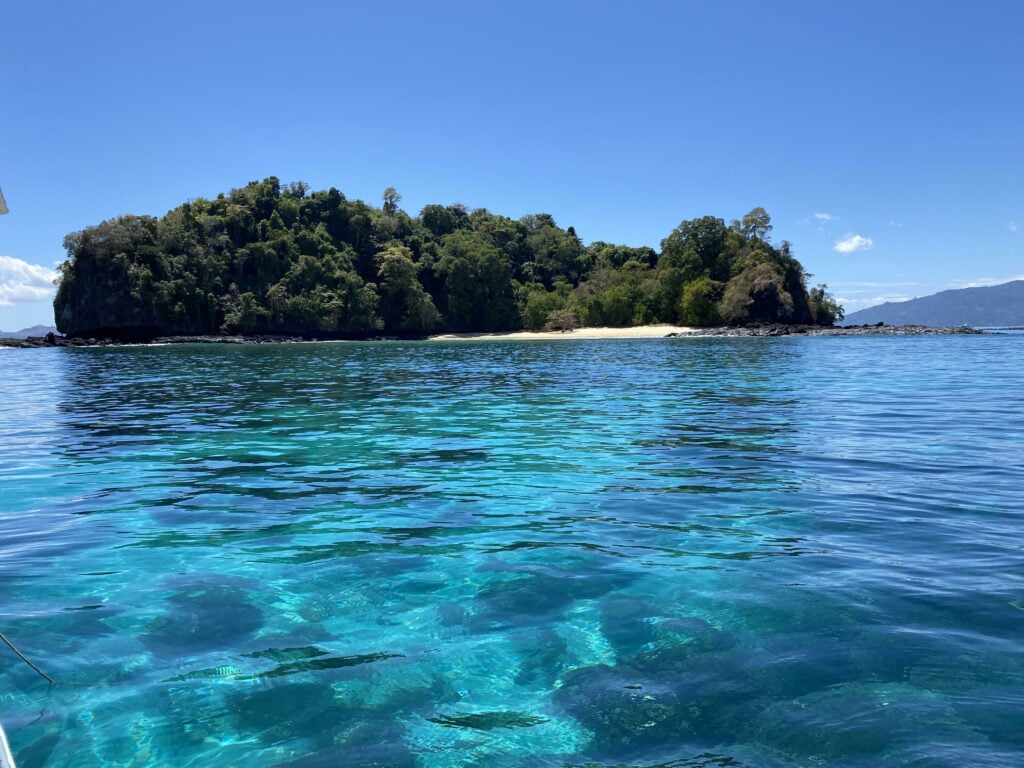Embark on a journey through Barcelona's captivating art and architecture. Explore the visionary works of Gaudí, Picasso, and more, set against the city's stunning landscapes.
GVI
Posted: July 5, 2024

GVI
Posted: October 17, 2022
6 min read
Meet Fiona Wilson, a 22-year-old from south London. She is currently studying a mathematics degree at Lancaster university. During her summer break, she decided to try something new by coming to volunteer with us on our Madagascar base.
I’m a really passionate maths student, who loves spending time outside. Nature and wildlife are really important to me. Coming to Madagascar has really added to this belief.Follow the fun on base

Nature and wildlife have always been really important to me and have literally saved my life, which is what made GVI’s conservation volunteering program a perfect way to spend my summer holiday.
I was nervous that I would be completely out of my depth because I hadn’t done anything like this before and didn’t know much about conservation or ecology. But it turns out that has never once been an issue while on base!
Coming here has actually made me realise that when I leave university, I want to do something that makes a difference, maybe even doing the statistical analysis needed for conservation programs like these. Who knows where I’ll end up!
I chose to volunteer on Madagascar’s conservation project because I had heard so much about Madagascar’s crazy high levels of biodiversity in both its flora and fauna. Lots of the species are only found in Madagascar or even only found within one particular area of Madagascar – which makes this environment even more important to protect. So the idea of being part of a project working to monitor and then protect these species really appealed to me.


Lemurs are very cute and I really wanted to see one in the wild!
A typical day on base here usually starts quite early so that we aren’t in the forest during the hottest part of the day. We leave at around 7am to go to Lokobe National Park which is only a 5 minute tuk-tuk ride down the road. There are several trails round the forest and we rotate between them so we can get a better picture of the biodiversity across the whole forest.
Each day we’ll do a different type of survey including bird surveys, herpetofauna (reptiles and amphibians) surveys, black lemur density surveys and black lemur ethograms – an inventory of behaviours observed. It has been many years since the forest was properly surveyed, so currently we are just trying to collect as much data as possible to help estimate population sizes and distributions.
After spending several hours in the forest collecting data, we return to base for lunch. We have a chef, Maman, who cooks our lunches and dinners and they are always delicious local dishes! After lunch we usually type up the data we collected into the spreadsheet and then have a presentation on a new topic. These have included presentations about the lemurs on Nosy Be, an introduction to conservation and even one on the ethics of wildlife photography. We usually then sort through our photos, trying to identify all the species and then have a bit of free time before dinner. In the evenings we are free to do what we want, but usually we’re pretty tired so after a few games of Uno or cards, we call it a night.
I loved doing the project here during the week, but our weekend activities were just as fun! One weekend we hired a boat and went whale-watching, successfully spotting a mother and baby humpback whale as well as some bottlenose dolphins. I’ve done lots of snorkelling and was even able to snorkel with green and hawksbill turtles which was just incredible! I also had the opportunity to learn to dive and enjoy the coral reefs nearby.





I have loved both seeing new wildlife and being part of something to help protect them. Plus it’s wonderful to experience a new culture and meet so many new people!
It wasn’t all busy though, there were some quieter moments too. I went up to Mont Passot to watch a beautiful sunset over the ocean and we visited the Banyan Tree which is sacred to the Sakalava tribe (the tribe which lives in this part of Madagascar). I really enjoyed having those quiet moments to see the island and learn more about its history and the people who live here alongside the crazy ones where I got to see and experience even more new things!

Embark on a journey through Barcelona's captivating art and architecture. Explore the visionary works of Gaudí, Picasso, and more, set against the city's stunning landscapes.
GVI
Posted: July 5, 2024